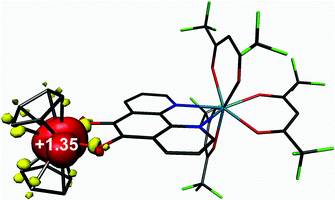

Partial charge, for other methods used to estimate atomic charges in molecules.These problems can be addressed by modern methods for computing net atomic charges, such as density derived electrostatic and chemical (DDEC) analysis, electrostatic potential analysis, and natural population analysis.

As a result, the basis set convergence of the charges does not exist, and different basis set families may yield drastically different results. This also means that the charges are ill defined, as there is no exact answer. The method thus has no complete basis set limit, as the exact value depends on the way the limit is approached. In the Mulliken scheme, all the electrons would then be assigned to this atom. In principle, a complete basis set for a molecule can be spanned by placing a large set of functions on a single atom. This choice, although still arbitrary, relates the partitioning in some way to the electronegativity difference between the corresponding atoms.Īnother problem is the Mulliken charges are explicitly sensitive to the basis set choice. If the coefficients of the basis functions in the molecular orbital are C μi for the μ'th basis function in the i'th molecular orbital, the density matrix terms are:ĭ μ ν = 2 ∑ i C μ i C ν i ∗ in the ratio between the latter. Mulliken, after whom the method is named. Mulliken charges arise from the Mulliken population analysis and provide a means of estimating partial atomic charges from calculations carried out by the methods of computational chemistry, particularly those based on the linear combination of atomic orbitals molecular orbital method, and are routinely used as variables in linear regression (QSAR ) procedures.


 0 kommentar(er)
0 kommentar(er)
